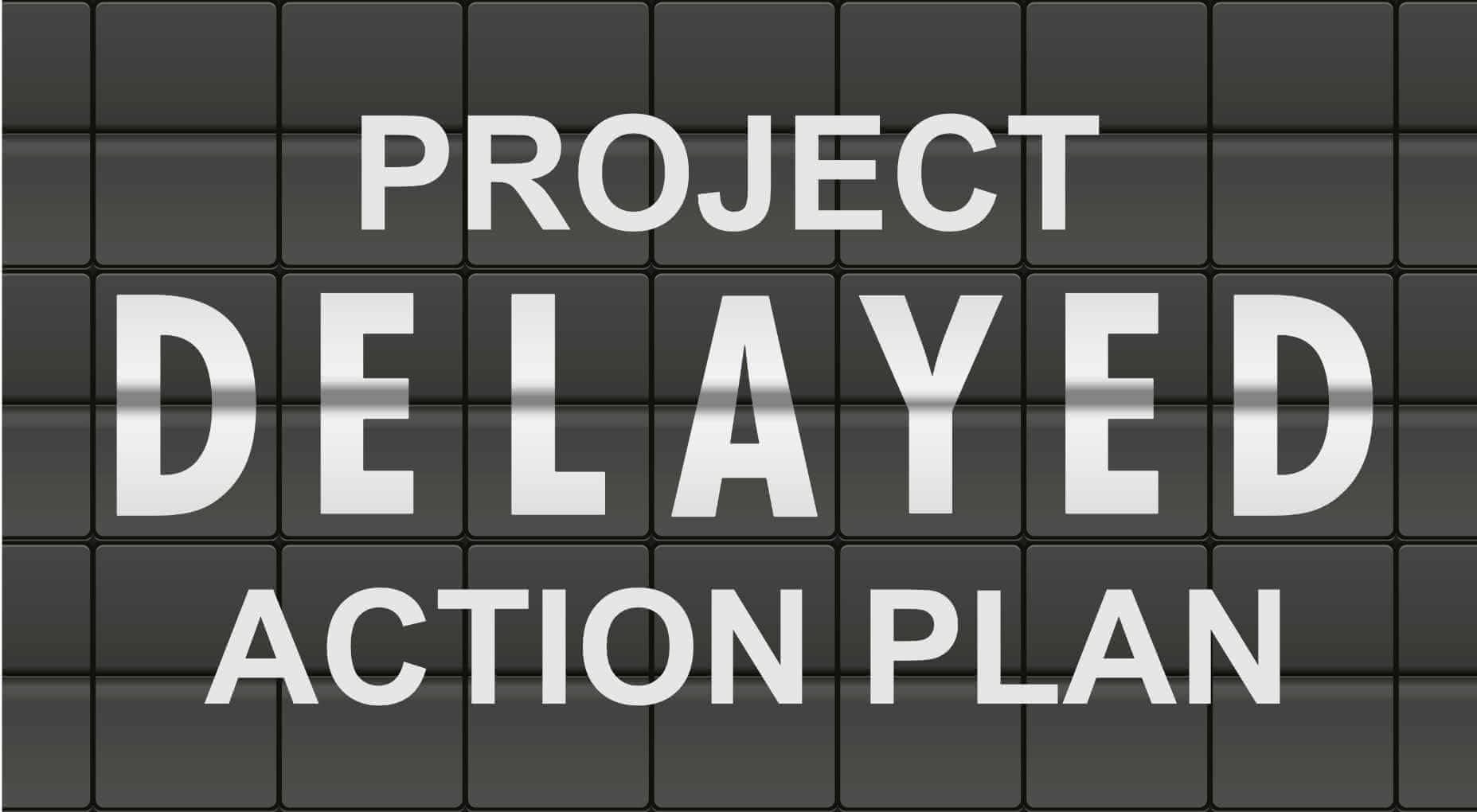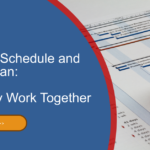In the last post, How to stop your project failing to land, I covered a number of actions you can take to help ensure your project lands well with the end users. Unfortunately, at some point in everyone’s career, there will be at least one instance (probably more), where a project does not land well.
While you may not be able to stop a bad project landing, you can control how and the pace that you respond.
Having a game plan in your back pocket will help you to react both quickly and with confidence.
This weeks post provides the actions you can take to recover from a bad project landing.
Risk Mitigation Plan
Every project should have a Risk Mitigation Plan. Unfortunately, while many projects will capture risks and issues, not many projects put the time and effort into creating one.
This should be seen as the projects “play book” of what action will be taken if and when a risk / issue occurs.
The concept is that the project team invests time to consider the possible risks i.e. to the go live Then for each risk, the team should determine the action that the team will take.
A simple example could be, high level of critical users are unable to login to the new platform. The mitigation could be that dedicated support is mobilised with clear contact details managed by the project team as opposed to a more generic, central support.
The benefit is that if the risk happens, instead of the project going into crisis mode, the team have already thought through the response in a less stressful environment and can quickly execute the action plan. This saves time and promotes confidence.
Rapid Assessment
Linked to the Risk Mitigation Plan. When an issue occurs as part of landing the project, the project team must have a defined process on how the issue will be rapidly assessed.
This is important as stakeholders will want to see action is being taken. Being able to quickly assess the situation so as to identify what action should be taken is critical.
This also avoids the risk of not truly understanding the issue and losing time taking the wrong action.
Clear Communication
Communication is required at all times. However, it is critical in times of crisis.
Make sure that there is a list of all key stakeholders / users ahead of the project go-live. Then, have clear mechanisms and channels how you keep them engaged before, during and post go-live.
As any issue occurs, ensure you communicate. There is nothing worse than when a project implementation has issues that the stakeholders are in a communication vacuum not knowing what has happened and, more importantly, what action is being taken.
Morning & Evening Prayers
This is an approach that has been used by many projects in time of crisis.
Simply it is where a short morning and evening meeting is held between key stakeholders (including project manager). The meeting is used to communicate status, key issues, action required, decisions and where support is required.
This supports the communication and allows senior management to understand latest position and make raid decisions.
The morning meeting sets what actions will be taken. The evening meeting reflects on progress so changes in approach can be made.
The use of meetings helps eliminate the need for the project manager holding numerous meetings with different stakeholders to keep them updated.
Demonstrate Leadership
This is subtle but important. In a crisis the project manager must take ownership and show leadership, to both the project team and stakeholders.
Leadership will promote confidence. You will be surprised how much more can be achieved by a project team who have faith in their leader.
Likewise, if the project manager does not take on the leadership, other stakeholders will fill this gap and drive the activities based on what they think needs to be done. Even worse, different stakeholders exert their views resulting in the project team constantly changing direction during the crisis.
Make Tough Calls
This is where the project manager earns their money.
During a crisis, it may not be possible to meet all what was expected from the go-live. Some scope may need to be sacrificed to resolve the issue. It can be as exteeme as backing out the change and reverting to the previous platform and / or process.
Where tough decisions need to be made, the project manager must present the decision, with consequences, in a factual, non-emotive way.
In a crisis this is not easy and will result in the project manager being on the receiving end of some tough conversations. However, not taking the right action in a timely manner will be worse in the long term.
Summary
There will be times when a project does not land well or even fails to land. It could be your next project. Therefore, it is a good idea to consider what will be your game plan ahead of each go-live.






